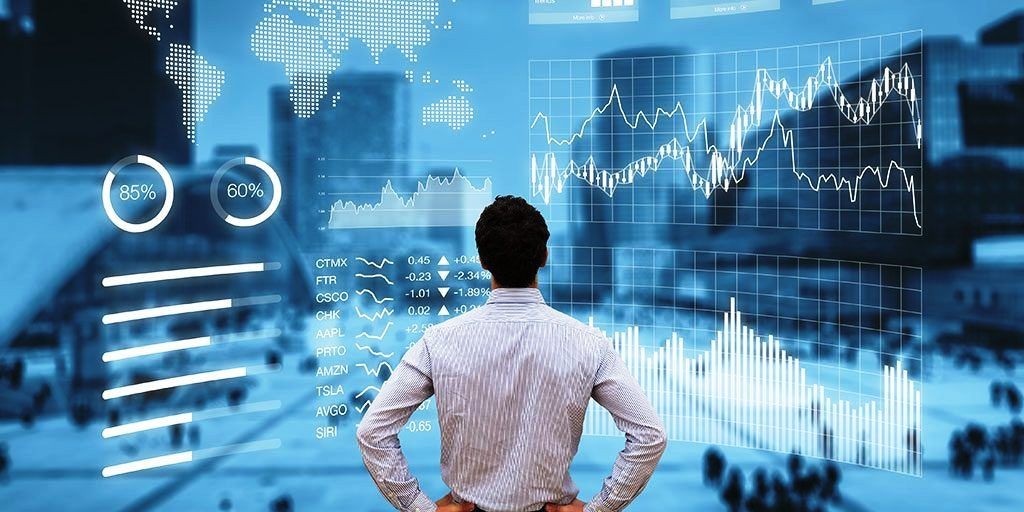Why Did People Turn Their Backs on the Phillips Curve Theory?
What is the Phillips Curve?
There are different concepts regarding the economy, and one of these was made by A. W. Phillips. Thus, we call it the “Phillips curve.” It involves the relationship between unemployment and inflation, which is stable and inverse. It tells us that when there is economic growth, inflation will follow. Hence, employment is reduced as there will be more job openings.
On the other hand, something happened in the 1970s. There was stagflation where inflation and unemployment were massive. So now, how can we believe what the Phillips curve is telling us when this situation happened back then? In a sense, stagflation disproved everything that the Phillips curve is trying to prove. After all, it is still a theory.
But how did it start?
Where did Phillips get the idea to make this curve? He said that a change in an economy’s unemployment makes a predictable impact on price inflation. Unemployment and inflation seem to have an inverse relationship. If we make a visual representation, we can see it as a concave curve sloping downward. Unemployment plots are on the x-axis, while inflation plots are on the y-axis. As we said, these two have an inverse relationship. Phillips saw that when inflation increases, unemployment decreases. When inflation decreases, unemployment decreases. In the 1960s, they believed that any fiscal stimulus would increase aggregate demand and trigger the succeeding effects. Many companies will look for labor, so there will be lesser unemployment. They also need to raise wages and attract a minimal talent pool. Now, where will companies get the money they used for the wage increase? They can take those costs from consumers if they make price increases.
The doubts around the Phillips curve
Many governments started to use a stop-go strategy because of this belief. They established a target rate of inflation. These governments used fiscal and monetary policies to expand or contract the economy to meet the target rate. But do you remember what we said about what happened in the 1970s? There was stagflation, that the stable relationship between inflation and unemployment deteriorated. Many started to question the Phillips curve. Everything that this theory went down the drain after the 1970 stagflation happened.
Stagflation invalidates the Phillips curve.
Stagflation refers to high unemployment and price inflation that causes economic growth to become stagnant. Phillips curve is a theory that many people believed before the 1970s when the US never experienced and saw stagflation. From 1973 to 1975, the US posted six consecutive quarters with declining GDP with tripled inflation.
So, what now?
Will economists have to revisit the way they look at the relationship between inflation and unemployment because of the US stagflation in the 1970s? Workers and consumers are not that confident in the Phillips curve on what to expect about future inflation rates regarding the current inflation and unemployment rates. Their relationship can only hold for a short period. The central banks may try to increase inflation to decrease unemployment. This may make an initial shift in line with the Phillips curve short run. On the other hand, it can shift outward in the long run.




